“Houses like these evolve,” says Jane Somerville.
We are in the welcoming hall of Drishane House on one of those spring days that can’t decide whether to be gloriously seductive, or viciously attacking, and so swings between the two. After a tasty lunch at Mary Ann’s in Castletownshend, we have also called into St Barrahane’s Church, where the imagery in Harry Clarke’s stained glass windows includes a surprising purple heifer, alongside the shepherds honouring baby Jesus.
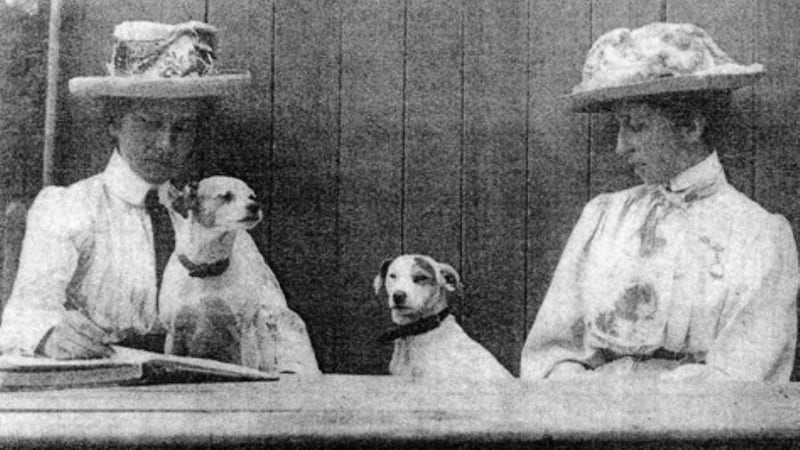
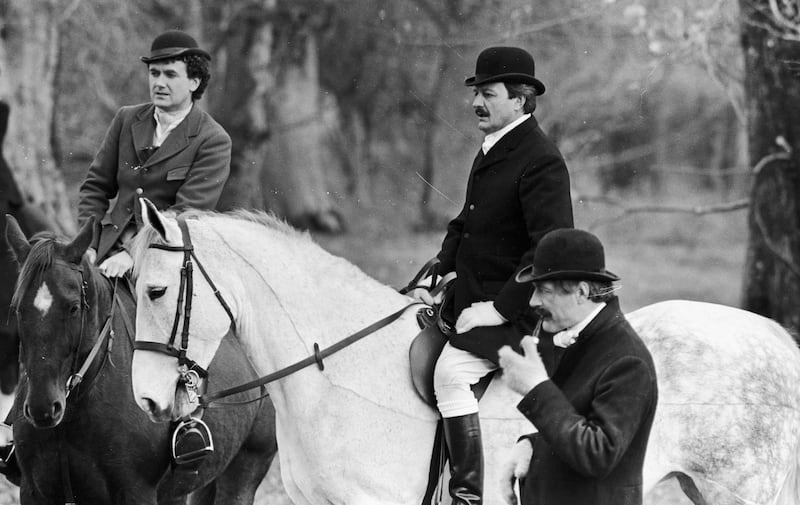
The cow is there as a tribute to Edith Somerville of Drishane, who cowrote the Irish R.M. books with her cousin Violet Martin, under the pen names Somerville and Ross. Edith was also an accomplished artist, and pioneered the introduction of Friesian cattle to Ireland.
For more than 250 years, Drishane has been home to nine generations of Somervilles, counting among their numbers a Scottish minister fleeing persecution, a shipping magnate, soldiers and adventurers, as well as artist and author, Edith herself.
READ MORE
Great-grandaunt to the current owner, Tom Somerville, Edith is celebrated at Drishane with a small museum in her former studio where, among other treasures, you can see a sketch she made of Oscar Wilde, with an accompanying note reading, “not very like in face – but the general import.” She later wrote to Martin that he was “a great fat oily beast.” Her hymnal is decorated with sketches, the possible result of long sermons.
“She preferred to be known as an artist,” says Tom. “She said ‘When I die, if I go to heaven, I want to have a set of paints’.”
Drishane is by no means huge, but it is elegant, and full of her paintings, and also those of her ancestors (although in their cases the paintings are of them, rather than by them), plus heirlooms, trinkets and objects telling the story of the family over the centuries. Tom points out a small boy in a painting of the main street in the village, “my father says that little boy taught me how to sail.”
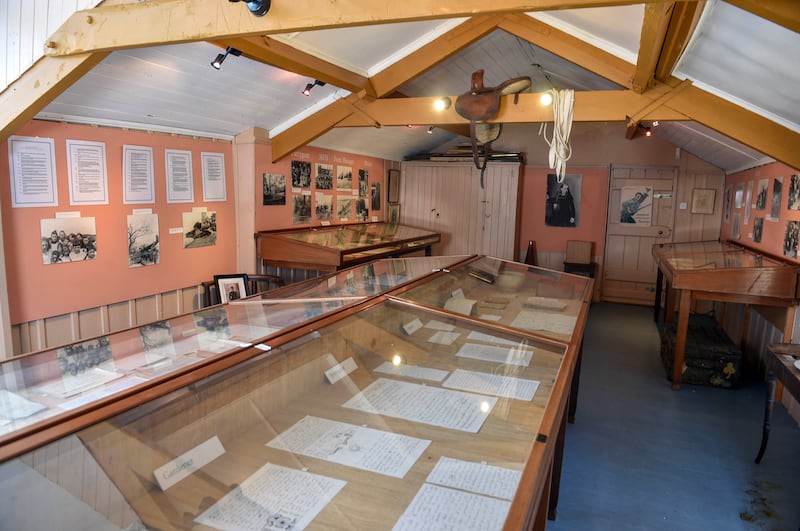
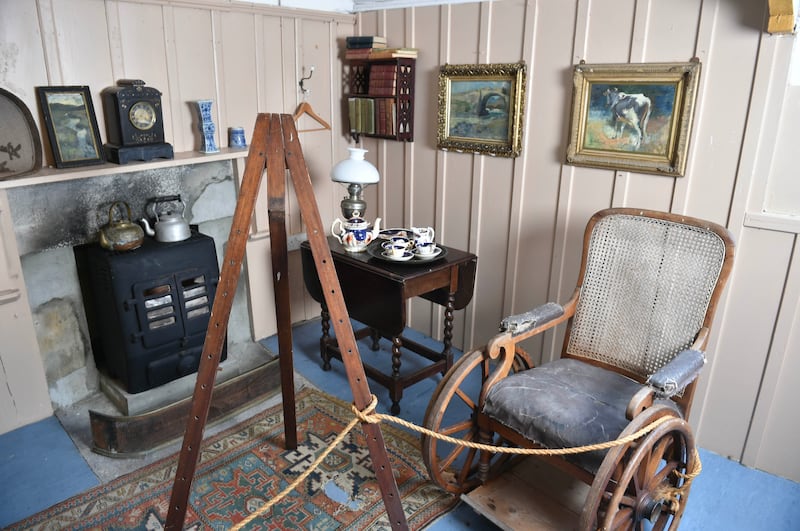
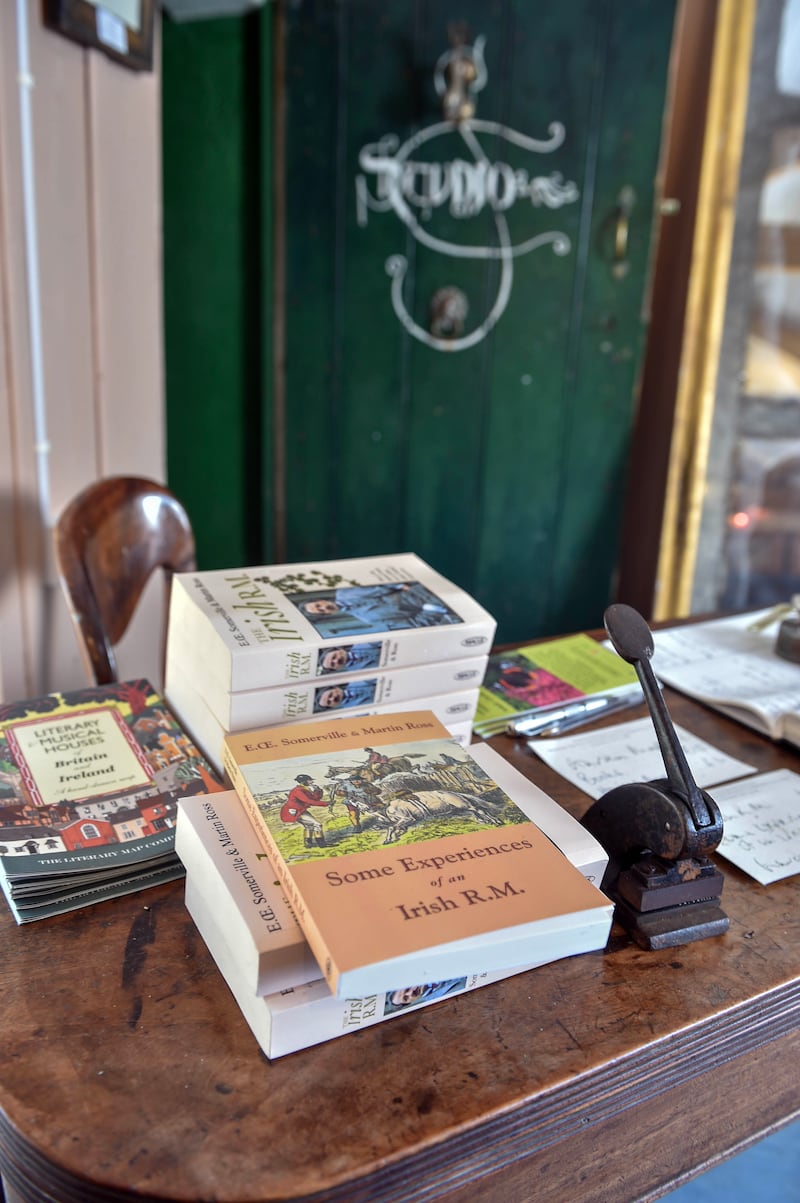
The hall is cosy, thanks to a large glowing wood-burning stove that Jane had installed soon after she and husband Tom made Drishane their permanent home in 2007. A friendly Labrador beds down close by. Jane also got a new kitchen put in with a solid fuel range. “If you put too much central heating into an old house, your furniture is going to shrink,” she says. “I used to go to bed in a hat,” she adds wryly. Beyond the kitchen is a small scullery, the stone step worn down to a curve by generations of passing feet.
The evidence of family friends and connections are everywhere, including such figures as George Bernard Shaw and T E Lawrence (of Lawrence of Arabia fame), but the main charm of Drishane goes beyond its illustrious alumni, to how layers of time blend, each enhancing the sense of the place as they pass says Jane. “If you gut and re-do everything, you are losing a lot of history.”
She and Tom have just been awarded the fourth Historic Houses of Ireland O’Flynn Group Heritage Prize. Devised by Robert O’Byrne, the prize supports the owners of historic homes, who tend to require devotion, tenacity and ingenuity to keep things going. “Many of them stretch their resources to the limit in order to ensure the survival of houses for which they have assumed responsibility,” says O’Byrne. Ingenuity in the case of Drishane includes house rentals, tours, hosting weddings, and the inclusion of three charming cottages available for short or long stays.
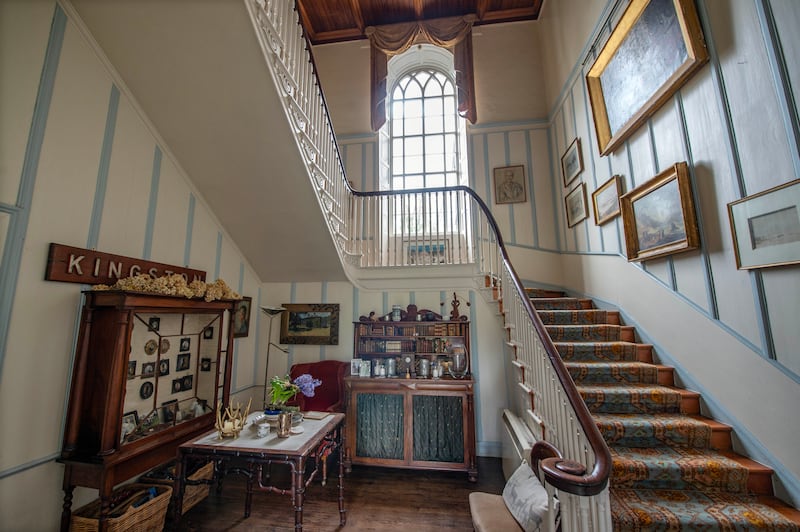
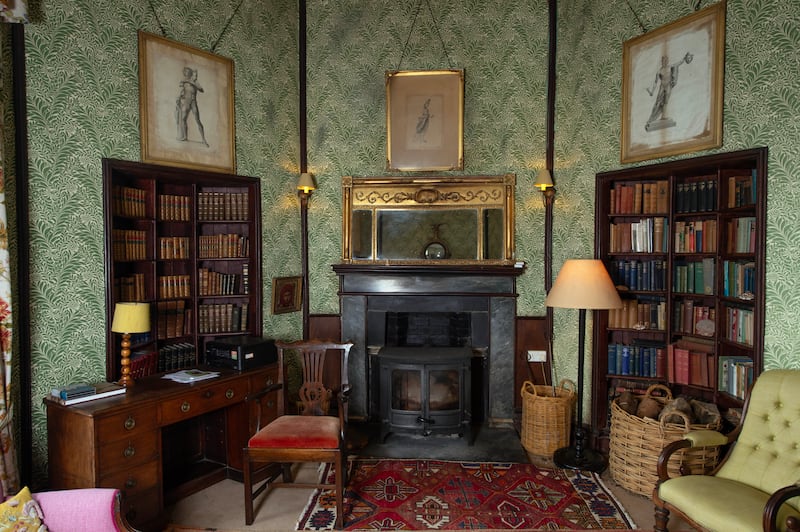
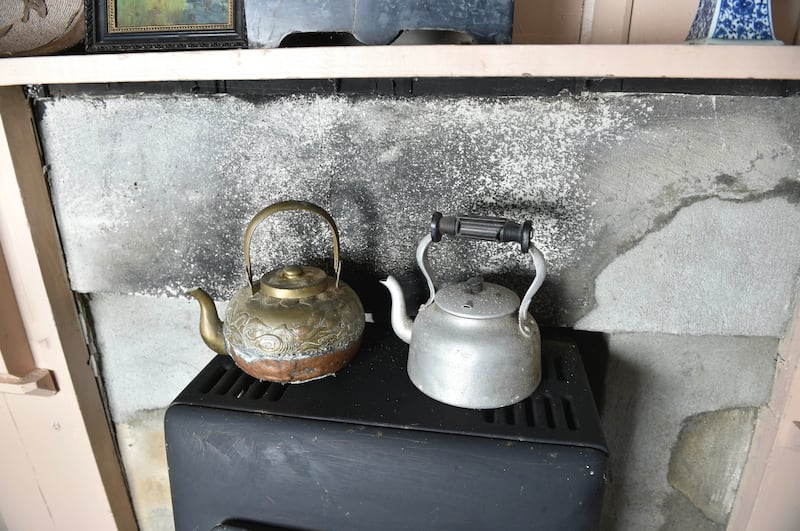
Thomas Cosby of Stradbally Hall, chairman of Historic Houses of Ireland, says “there are no easy answers when it comes to preserving these unique properties, which is why it’s so important to recognise the hard work that is going on right across the country to sustain them – not just the houses themselves, but the surrounding land, which has huge untapped potential to support Ireland’s ecological, biodiversity, and green energy ambitions.”
Drishane certainly is in a wonderful setting. The west Cork coast stretches out across rugged headlands, and Tom points out the small stone pavilion built in the woodlands by a previous Thomas so that he could sit and watch his ships come in. There are remarkable trees, walkways and swathes of flowers carpeting the gardens, switching from daffodils to bluebells, to full bloom by June, “the most gorgeous month here,” according to Jane.
Threads of memory run through the place. In the hall there is the table where Edith took tea every day. Over a mantelpiece is a painting of Edith’s father (another Thomas) as a small boy with his mother and sister. “He’s dressed as a girl. There was a superstition,” says Tom. “I’m not sure if it’s true – that they dressed little boys as girls so the fairies wouldn’t take them. I’m the seventh Thomas,” he continues. “I always knew we’d end up living here. With a name like Thomas it was inevitable,” he laughs, adding that the couple’s elder son is also called Thomas. Knowing who your ancestors were, going right back, must give you a more particular sense of the future.
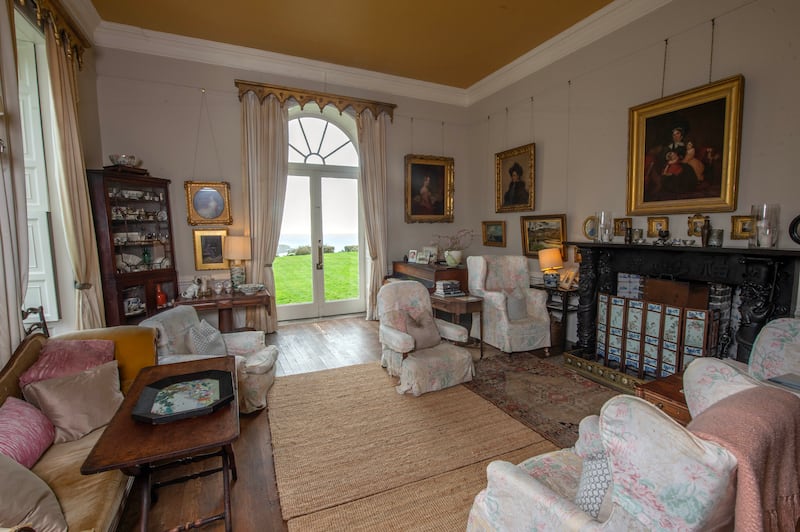
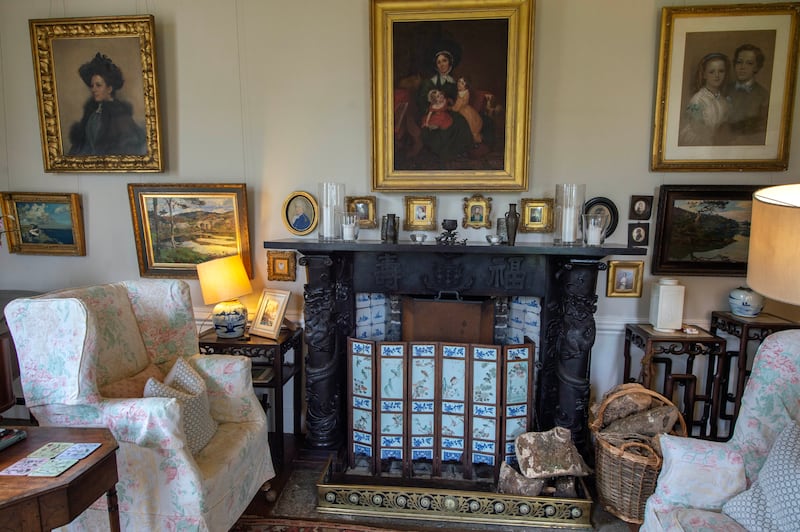
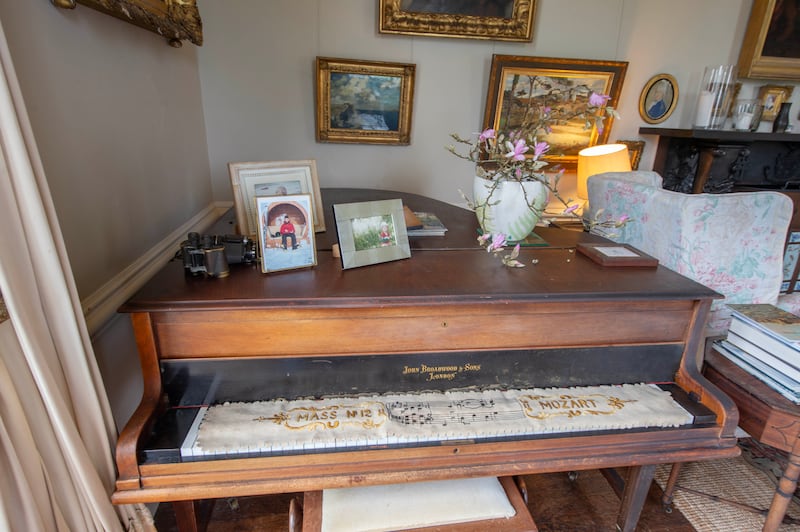
We go through to the drawingroom, where there are Indo-Gothic pelmets, purchased by Edith at auction, and a rather remarkable fireplace, which her brother Cameron had made in Hong Kong to replace the earlier Adam version, that had been irrevocably damaged when the hearth collapsed. Having successive generations of owners caring for a place adds richness to its history. In the small library, the bookshelves came from Dutch merchant ships. Along a coastline such as this, wrecks would have been a frequent occurrence. “There’s an old mast supporting the roof,” says Jane. “The ultimate in upcycling.” A small tear in the old hand-printed wallpaper shows the lathes behind, a lesson in how historic buildings live and breathe.
In the diningroom you can see where Edith scratched her name into the glass with a diamond. She must have been a fascinating person. In one portrait of her, she painted over the original artist’s work, preferring a sterner expression. It is something that surprises Tom, who says that family lore recalls a woman with a passion for life. Perhaps a reputation for severity was an unfortunate requirement for a woman running an estate such as Drishane, in the late 1890s and early 1900s.

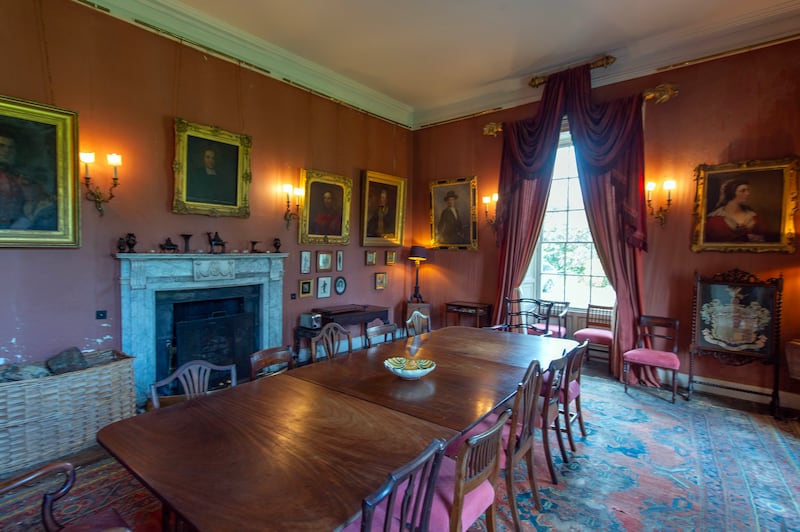

In the downstairs loo some alarming stuffed foxes are testament to her love of hunting. Jane tells me about a niece of the family who persuaded an elderly relative to sign a fortune over to her, “The Real Charlotte is based on her,” she says. Published in 1894, the Somerville and Ross novel is today considered a masterpiece, and through its pages a particular time and place come vividly to life. It is similarly echoed at Drishane, as the stories and finds from different periods are preserved, each one of them presents a fascinating chapter in the story. “Winning the prize is absolutely amazing,” says Jane. “It is very gratifying, knowing that something we’ve done is seen to be valuable.” “It’s affirming,” adds Thomas. “You keep going, you do things steadily.” “Things evolve slowly through history,” concludes Jane. “You learn that.”
Drishane is available for private rental on a weekly basis, and is open to visitors on selected weeks during May, June, August and October, detailed at drishane.com
- See our new project Common Ground, Evolving Islands: Ireland & Britain
- Sign up for push alerts and have the best news, analysis and comment delivered directly to your phone
- Find The Irish Times on WhatsApp and stay up to date
- Our In The News podcast is now published daily – Find the latest episode here


















